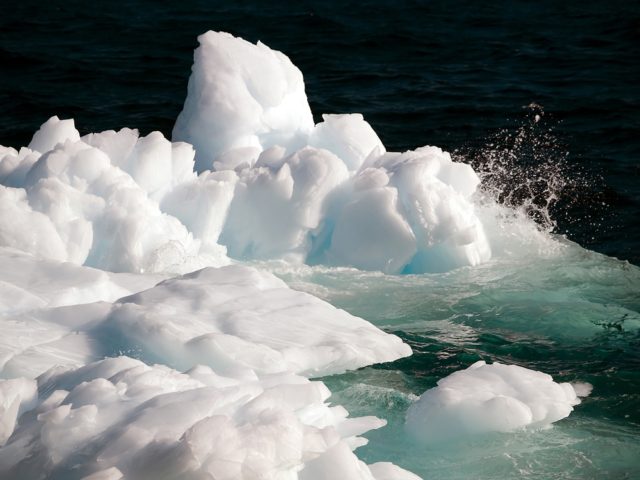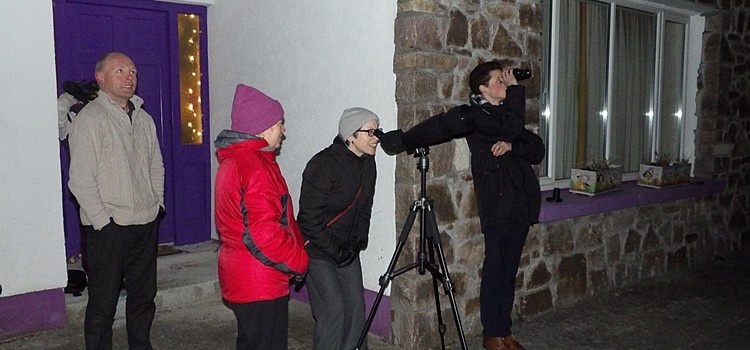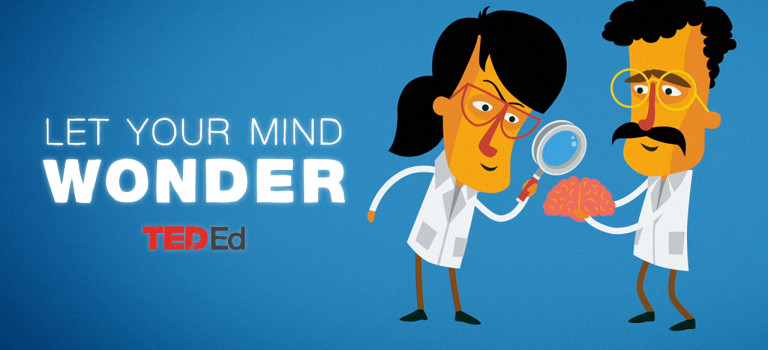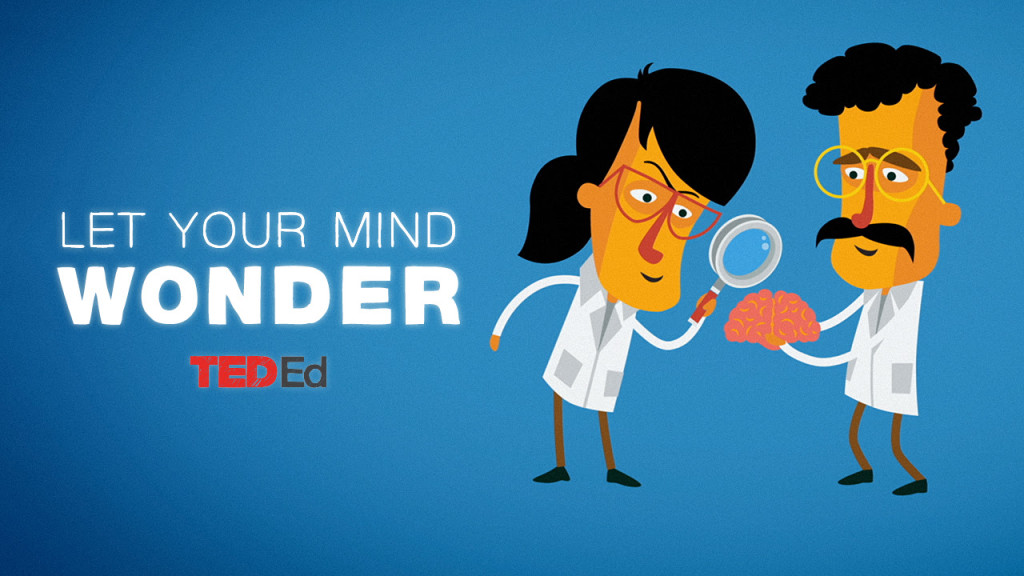Even with the extra day the month has flown by. The year is off to a flying start … here are some of the big stories from the world of science that surfaced this month:
1. This big, BIG story of this month was the confirmed detection of gravitational waves.
If you are still unsure of what gravitational waves are and how LIGO detected them, this is a very helpful video:
2. In the last week we heard that viable sperm was grown in-vitro; A team of scientists in China say that they successfully grew mouse sperm from embryonic stem cells and that the resulting sperm cells have been used to successfully fertilise an egg, producing healthy, fertile young.
3. We all know about the effect of global warming on our planet, but, just in case you were in any doubt… newly reported data shows that … “the modern rate of sea level rise in the 20th century is faster than anything we’ve seen in the previous two millennia“.

Image Credit: Geoffrey Whiteway; Image Source: Freerange Stock;
4. 3D printing took another step forward with this bioengineering transplant. A team of bioengineers in North Carolina revealed that they successfully printed an organic human ear and then transplanted it onto the back of a mouse, where it not only survived, but grew.
5. And finally… not exactly international news, but a nice little first for Science Wows; you may have noticed that I published a mini science magazine here (and here for a mobile version) all about the science of pancakes! I have had the idea for a children’s science magazine for a very, very long time; this mini magazine was my first realisation of that idea; With a lot of determination, hard work and luck, a full blown magazine may become a reality. So, if you checked it out, I’d really, really love your feedback; Please let me know in the comments below, or get in contact in other ways.
These are only some of the science events from February, have you any more to add?






